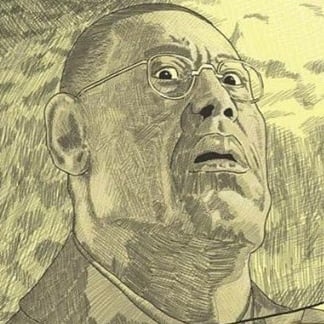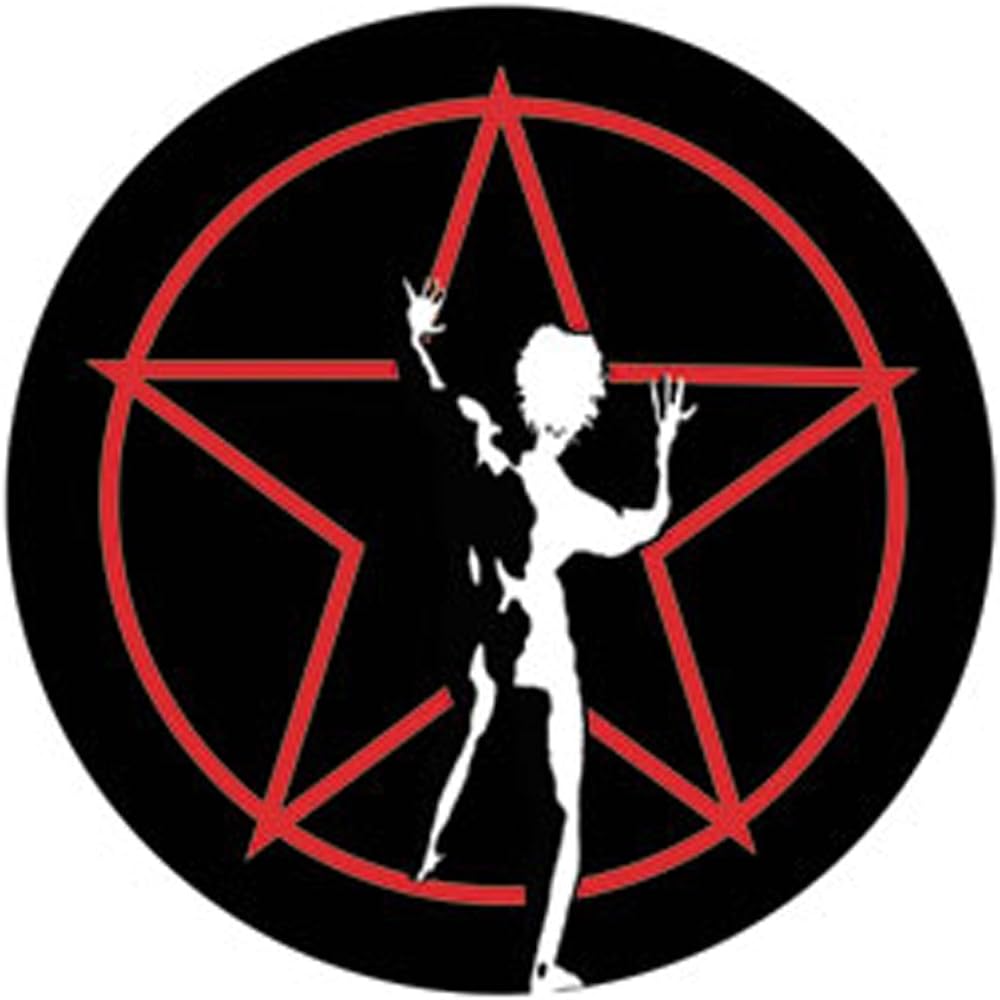tilthat: TIL a philosophy riddle from 1688 was recently solved. If a man born blind can feel the differences between shapes such as spheres and cubes, could he, if given the ability, distinguish those objects by sight alone? In 2003 five people had their sight restored though surgery, and, no they could not.
nentuaby: I love when apparently Deep questions turn out to have clear empirical answers.
Given our current understanding of the human brain, I would’ve argued that this answer was rather obvious.
Even though the human brain is excellent at abstracting thoughts and performing logical reasoning, it needs time to adjust to a new sensory input, which it wasn’t exposed to before. This is what learning is.
It would be good to know how those people approached those shapes. Did they just look at those to “intuitively” decide or did they also think, i.e., reason, about it?
And yet, I feel like I can perfectly imagine what it would be like to lick anything that I have previously touched with my feet or fingers, despite never having experienced the sensation on my tongue before, and knowing that the nerves on my tongue perceive texture entirely different to my hands.
Edit: just scrolled down and saw that people are discussing this exact phenomenon.
There are different kinds of tactile cells present both in the human skin as well as in the human tongue. Among those are nociceptors, Merkel-Ranvier cells and Meissner’s corpuscles. While the density may vary, e.g., Merkel-Ravier cells are concentrated in the finger tips, those are still contributing to similar sensations wherever you have them. Those are not new sensory “devices” which are suddenly attached to your brain. Your brain is already familiar with inputs from those cells and has learned to interpret their signal patterns. This is why I would say that it’s not challenging for you to imagine the perception of texture on your tongue, even though you mainly felt it on your skin before. You can also imagine feeling a similar texture of an object on your arm, even if you just touched it with your feet or hands before. Taste, however, is something different. You probably licked a rock or two when you were an infant or child, and tasted and smelled a lot of the world surrounding you. That’s why you might even be able to imagine the taste of objects to a certain degree. (Of course, this becomes more difficult the more complex the taste is and depends on your exposure on different taste components and associations with objects where you typically find those.)
Getting sight at some point later in life, while being born blind, is like plugging in a new sensory device to your brain. It needs time to learn how to interpret the input signals, but after some time of training, it will be able to distinguish colors, shapes, objects, etc… Having sight is nothing a blind person can relate to via other sensory information in any way, since sight is entirely depending on functional eyes (and specific neural pathways in the brain).
A good example of how the brain adapts to such new sensory inputs is Neil Harbisson.
This is a guy who has a colour-blindness and got a brain implant which coded colour into sound waves, such that he can “hear” colours. After some time of adapting he even started to dream colours as sounds.
https://www.bbc.com/news/av/technology-29992577
https://www.youtube.com/watch?v=mc2fOI9vLzo
How is that a “philosophy riddle”? It seems to be a very straightforward yes or no question.
Philosophy used to be more or less just that. Basically science without the actual testing, but just overthinking a problem.
… they really can’t connect spacial awareness from touch to sight? Really?
Skill issue
Literally.
I could imagine it being difficult to conceptualize without the ability to visualize, but yeah, I find it hard to believe, too. Between cube and sphere, at the very least, I’d expect them to realize the pointy bits are probably the corners of the cube, not a flat surface.
What does a pointy bit look like to someone who has never seen one ? You have years of experience matching your visual input of the world around you with your tactile experiences, it’s easy to forgot how much of our basic knowledge is learned at a young age.
Sure, as I said, without the ability to visualize, this may be tricky. But I’m imagining this test as them being given enough time to think about it and feel the shapes and maybe even count the pointy bits. At the very least, I’d expect an educated guess that’s likely correct, if they’re only discerning sphere and cube. Of course, a lot depends on how these tests were performed.
How do you expect them to know what pointy bits even look like?
I don’t expect them to know. I’m saying, if they’re given time to think about it, I’d expect them to make an educated guess that’s likely correct.
Pointy bits feel thin, unlike the rest of these shapes. So, if they’re given only the sphere and the cube to feel, they could remember that the cube had 8 pointy bits, the sphere did not.
Of course, a lot depends on how these tests were performed and what “they could not” actually means.
You’re still assuming an ability to connect shapes to vision, even if what you’re assuming is the most basic connection. Keep in mind these people had absolutely nothing to base their visual experiences on. I’m sure that given a few minutes to play with the objects they’d begin to map their visual inputs to mental models, but at first, it’ll all look like abstract garbage
It’s not that they don’t have a sort of 3d model of a cube in their mind, it’s that their 3d model of a cube includes absolutely nothing visual, which is virtually impossible for us to even imagine
I actually felt like my pointy bits method was entirely disconnected from experience. Yeah, they see abstract garbage, but they’ll still see anomalies in this abstract garbage. And they were able to feel anomalies on the cube.
It does take some thinking to make a guess like that. And they may have still been completely overwhelmed with sight in general. And again, I don’t know what the methodology in these tests looked like. But yeah, just summarizing it as “they could not” seems entirely unhelpful.


